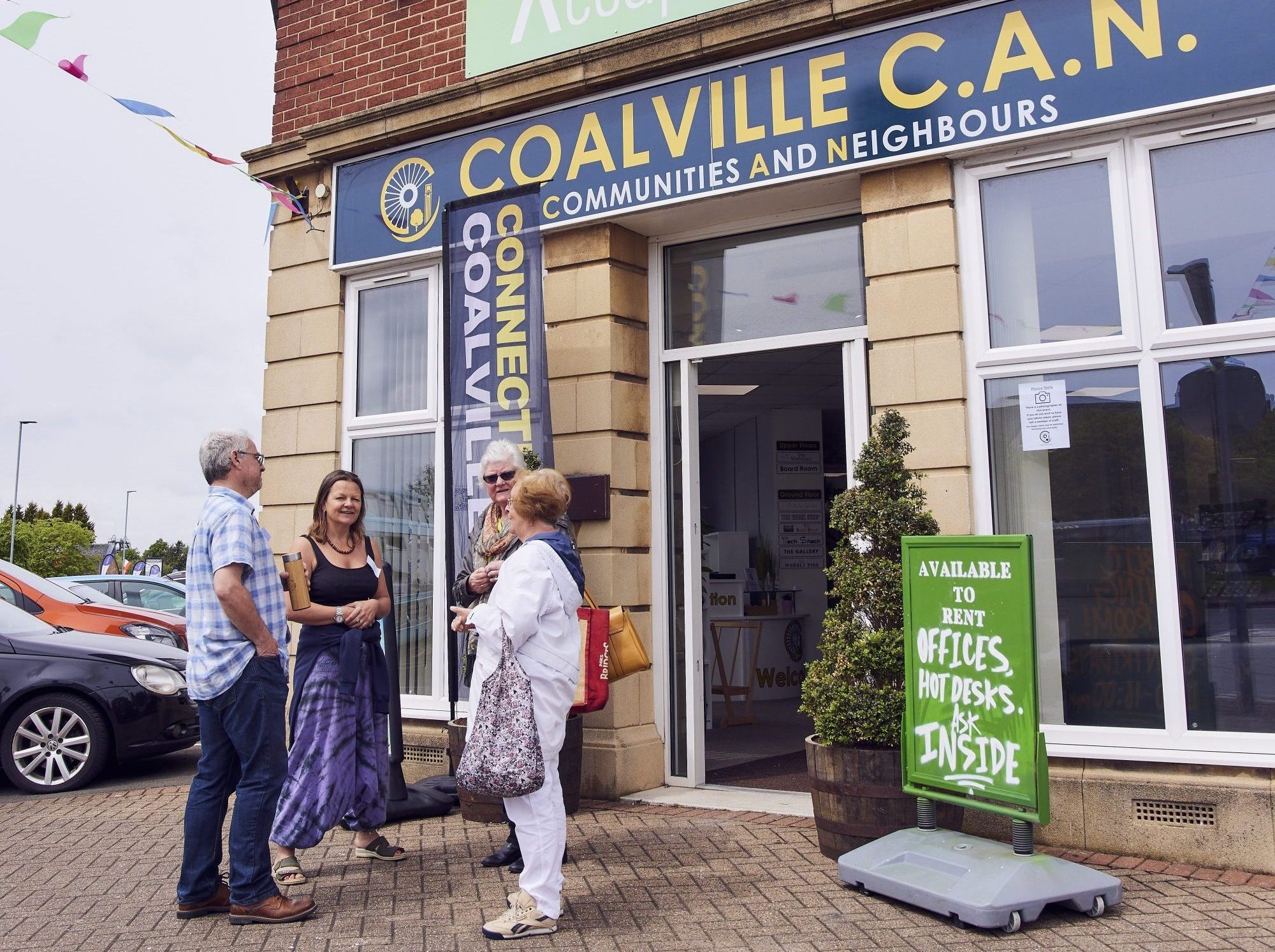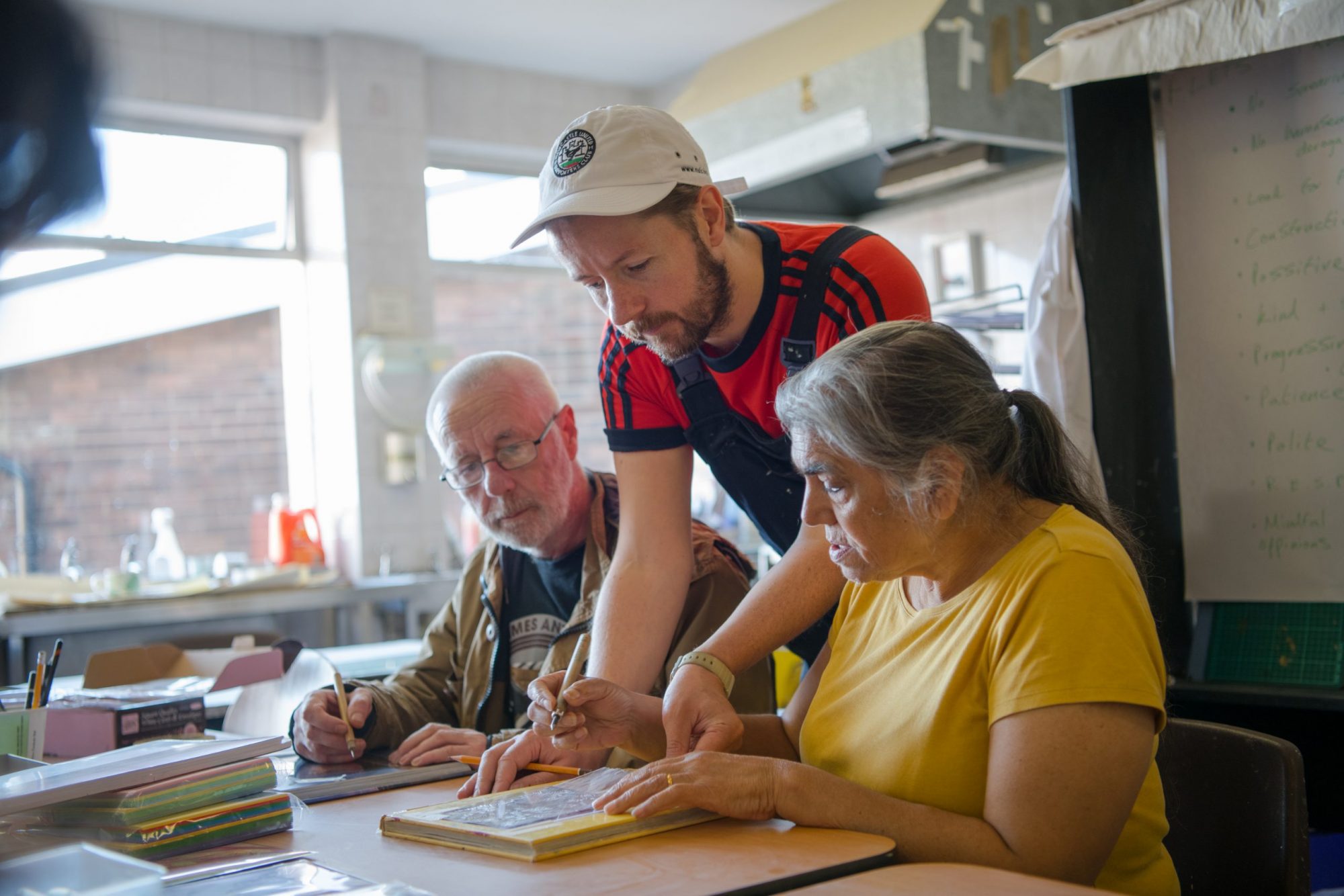
Josh Westerling
Policy Manager
Just before Christmas, there was some good news – and some less good news – for communities. The final allocations of the Community Ownership Fund (COF) were announced with 85 projects across the UK receiving £36.2m in funding. For community businesses that were successful, this was a real Christmas present. Like Coalville CAN, a community business in the Leicestershire town of Coalville, who will now being able to buy their building. It is a space where everyone in the community is welcome no matter how much money they have in their pocket. Now, it will now be owned by the local community who will make sure it continues to be a thriving place. More than that, by putting confidence in the community and removing the burden of loans, the funding will free up Coalville CAN to use the space for the projects people care about.
A lump of coal
The bad news was that the government took the decision to close the COF with £15 million to spare. For those community businesses who had hoped, before the fund was paused for the General Election, to secure funding for their projects in a later round, this would’ve felt more like a lump of coal in the stocking than presents under the tree.
In government terms £15 million is a small amount of money, so it is fair to ask why this happened. The government has blamed the inheritance from its predecessor for having to make this ‘difficult decision’. There is a degree of truth in that, but it would be more accurate to say that the decision was taken due to the Treasury asking government departments to make cost savings within the constraints it has placed on itself. The COF was a casualty of this.
Other fundings pots inherited from the previous government survived cost saving measures, so it is worth dwelling on why the COF did not and drawing out what we can learn. Knowing this will help us push for funding to secure the next generation of community owned assets when the Community Right to Buy is introduced.
Lessons we can learn
One reason is that community ownership is often viewed as a ‘nice to have’. It is striking that the other funding pots cancelled by the government were for arts and culture, another area that is unfairly labelled this way. There is a job to do to continually emphasise the importance of community ownership, not just from the point of principle – that communities should have more say over their lives – but also in terms of the concrete social, economic, and environmental benefits it brings locally. People who are lonely can go to the community centre instead of ending up at their GP. High streets can start to fill up, driving footfall to other businesses. Communities benefit from the energy transition, owning solar farms or turbines.
As we move ahead, it’s clear there is an argument to be won both within the Ministry of Housing, Communities and Local Government, as well as within the Treasury and other government departments about the ways in which community owned assets create value for their communities.
Another lesson we can learn is that the government lacks a sharp narrative when it comes to community empowerment. This means it is harder to make a political case to defend funding pots like COF. Currently, the argument set out in the English Devolution White Paper is that people with skin in the game are best placed to influence decisions that affect their lives and should be enabled and empowered to do so. But there is not really a clear sense of who the government is backing and who is getting in the way.
In his 2023 conference speech, Sir Keir Starmer set out a clear enemy in the devolution debate when he said:
“If we want to challenge the hoarding of potential in our economy then we must win the war against the hoarders in Westminster. Give power back and put communities in control.”
It is strong rhetoric but a tricky argument to land once in government. Instead, the government should pick clear antagonists that resonate in people’s everyday lives. These should be recognisable in places across England. It might go something along the lines of:
“We’re backing the people who are bringing empty high streets shops back into use, not the distant owners who leave the buildings people care about empty. We’re backing the people who are clubbing together to save their local, not the people who want to knock it down. We’re backing the people who care for our green spaces and rivers, not those who litter and pollute them. That’s why we’re empowering and supporting communities to take back control and make their places better.”
In doing this, it helps move conversations about community ownership from purely about saving at risk assets, to one that is proactive and ambitious, putting economic power in the hands of communities.
Looking ahead
These lessons will need to be kept in mind as we look ahead to the following months. An important moment will be the conclusion of the Spending Review in early summer, which sets the budgets for government departments over the next few years. Power to Change will be working alongside community businesses and allies to strongly make the case for expanded and improved funding for community ownership.
The government acknowledges this is necessary when it says, “We will create new opportunities for communities to have a say in the future of their area and play a part in improving it, while acknowledging that this means nothing if people are not supported to contribute to this decision-making.”
Through making a clear argument about the benefits of community ownership, supported by a strong narrative, we are confident that the government will act upon this point it clearly understands, and ensure that new powers sit alongside new resources. Time to get to work.



